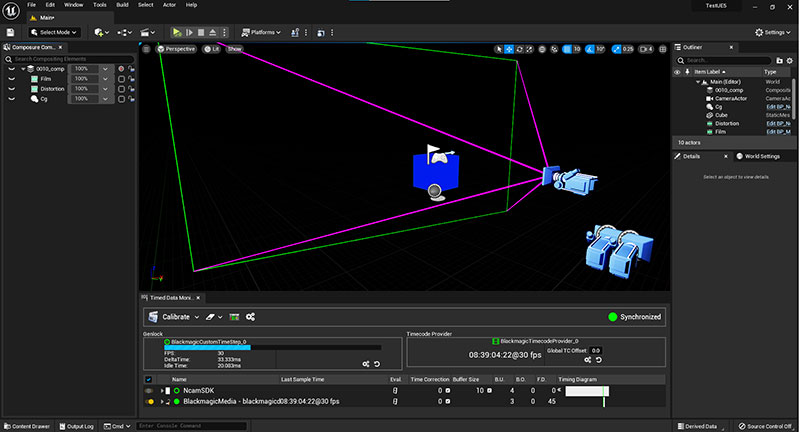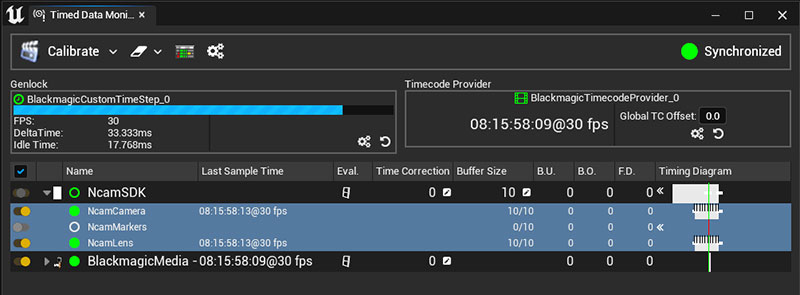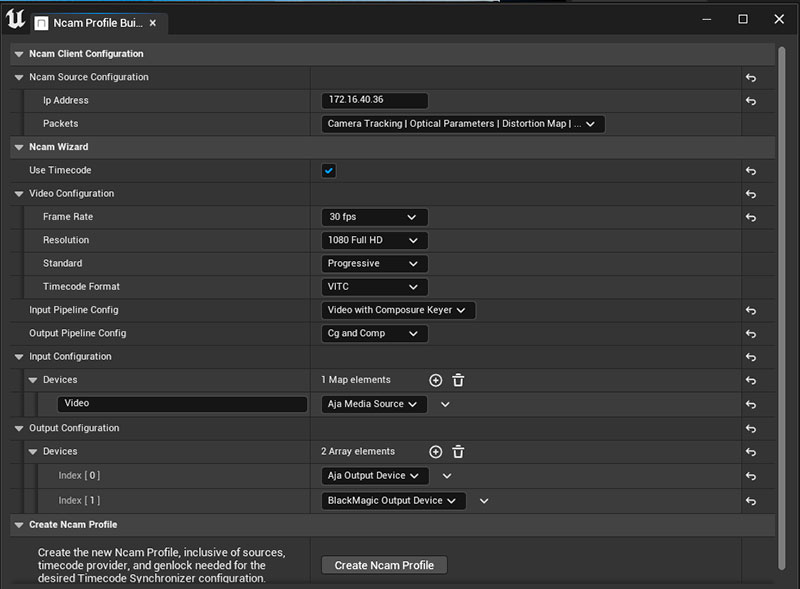Ncam updated its AR Suite plugin with new support for v5 of Unreal Engine, automating UE5’s essential processes for creating virtual graphics and in-camera VFX for film, TV and eSports.

Ncam, real-time camera tracking developer, has updated its AR Suite plugin with new support for version 5 of Epic Games’ Unreal Engine. In effect, this update automates UE5’s essential processes for teams creating virtual graphics and in-camera VFX.
The Unreal Engine 5 renderer is used to create believable photorealistic scenes in real time as scene elements change. Textures update automatically, and lighting adapts on the fly to changes in lights or geometry. Game developers can animate in context, reuse existing animations and adapt animations to suit gameplay conditions at runtime. Further applications are virtual production for film, TV and broadcast, and AR content for live events.
Unreal Engine 5 projects require real-time camera tracking data, like the data Ncam generates, to function in context but a connection is needed between Ncam and Unreal. “Using AR Suite, artists can start working in UE5 almost immediately,” said Nic Hatch, CEO at Ncam. “By automating time-consuming tasks like setup and compositing, studios can take better advantage of the new features in UE5 for real-time projects.”

Introduced in 2020, AR Suite forms an automated bridge that connects real-time tracking data to Unreal Engine, which allows teams to deliver photorealistic imagery as directly as possible. AR Suite has already been used on productions for Amazon, Warner Bros. and others.
Link to Nanite
Version 5 brought significant changes to Unreal. With the new AR Suite update, teams can link UE5’s new features to their tracking pipeline right away, without extra coding or system integrations. This includes UE5’s new Nanite geometry system, which enables the creation of massive 3D worlds without noticeable loss of either performance or fidelity. Nanite uses a new internal mesh format and rendering system to render high object counts and geometric detail at pixel scale.
Artists can directly import film-quality source art containing millions of polygons -- for example, ZBrush sculpts or photogrammetry scans -- and use them to create highly detailed games and experiences. When combined with tools like Ncam Reality, the software control interface for camera tracking and lens profiling, productions can push the scale of live XR, real-time CG environments and other elements, better engaging viewers and enhancing the efficiency of their production process.
Better Synch, Lens Distortion

Further updates to AR Suite include improvements to the synchronisation of tracking data and video. Timecodes no longer have to be embedded in the camera signal, an advantage for customers working in broadcast where timecodes are less common. Ncam has also improved support for Epic’s built-in lens distortion framework, which is a very fast, accurate lens profiling system, to give users more freedom over how they use Ncam in projects.
Ncam Reality’s markerless setup with the SDKLITE Protocol now allows operation without relying on a technician set up fiducials or markers. SDKLITE also means users can work wirelessly with UE5.
Currently, two versions of the Ncam plugin are available -- Lite, which is free from the Epic Marketplace, and Standard, an extended paid-for version with advanced rendering pipelines and supplied as a separate installer to Ncam customers.
www.ncam-tech.com




